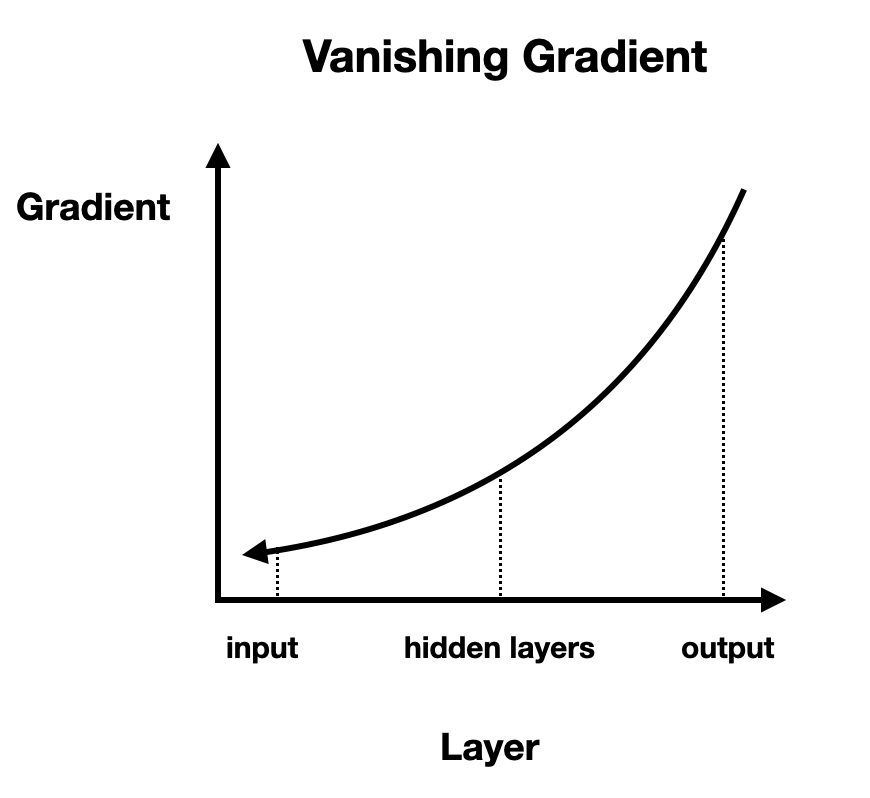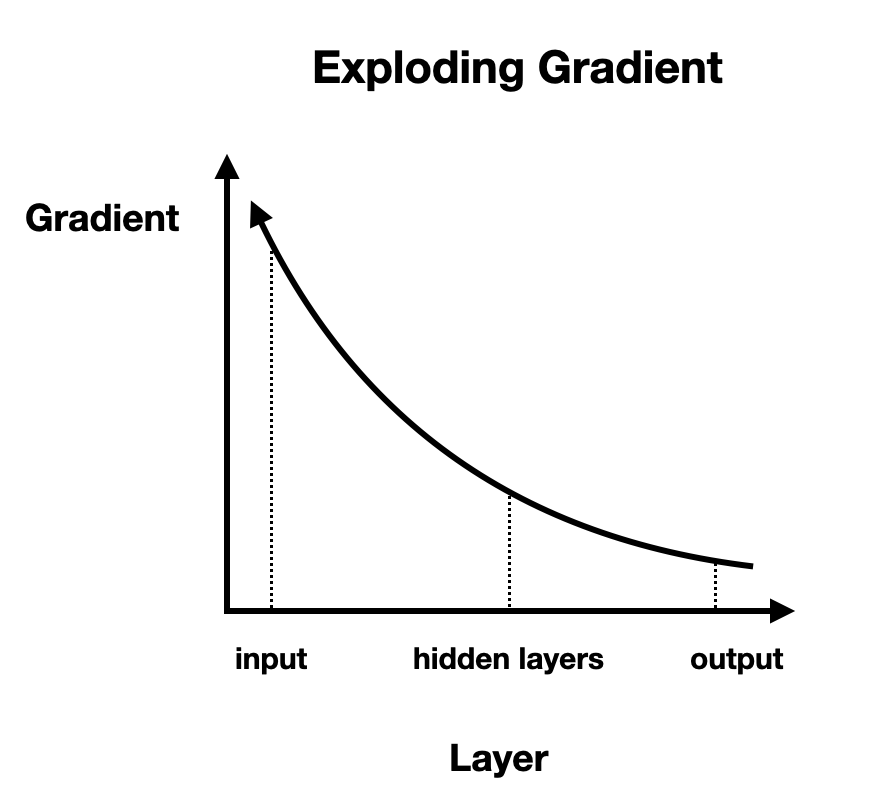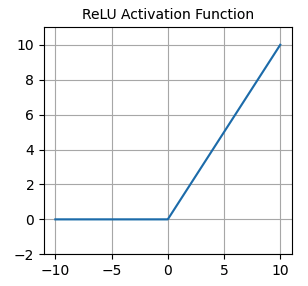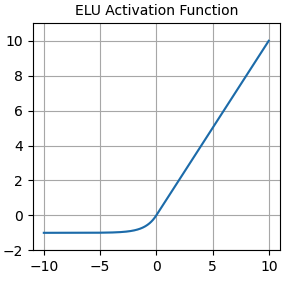Vanishing and exploding gradients
Intermediate Deep Learning with PyTorch

Michal Oleszak
Machine Learning Engineer
Vanishing gradients
- Gradients get smaller and smaller during backward pass
- Earlier layers get small parameter updates
- Model doesn't learn

Exploding gradients
- Gradients get bigger and bigger
- Parameter updates are too large
- Training diverges

Solution to unstable gradients
- Proper weights initialization
- Good activations
- Batch normalization

Weights initialization
layer = nn.Linear(8, 1)
print(layer.weight)
Parameter containing:
tensor([[-0.0195, 0.0992, 0.0391, 0.0212,
-0.3386, -0.1892, -0.3170, 0.2148]])
Weights initialization
Good initialization ensures:
- Variance of layer inputs = variance of layer outputs
- Variance of gradients the same before and after a layer
How to achieve this depends on the activation:
- For ReLU and similar, we can use He/Kaiming initialization
Weights initialization
import torch.nn.init as init
init.kaiming_uniform_(layer.weight)
print(layer.weight)
Parameter containing:
tensor([[-0.3063, -0.2410, 0.0588, 0.2664,
0.0502, -0.0136, 0.2274, 0.0901]])
He / Kaiming initialization
init.kaiming_uniform_(self.fc1.weight)
init.kaiming_uniform_(self.fc2.weight)
init.kaiming_uniform_(
self.fc3.weight,
nonlinearity="sigmoid",
)
He / Kaiming initialization
import torch.nn as nn import torch.nn.init as init class Net(nn.Module): def __init__(self): super().__init__() self.fc1 = nn.Linear(9, 16) self.fc2 = nn.Linear(16, 8) self.fc3 = nn.Linear(8, 1)init.kaiming_uniform_(self.fc1.weight) init.kaiming_uniform_(self.fc2.weight) init.kaiming_uniform_( self.fc3.weight, nonlinearity="sigmoid", )
def forward(self, x):
x = nn.functional.relu(self.fc1(x))
x = nn.functional.relu(self.fc2(x))
x = nn.functional.sigmoid(self.fc3(x))
return x
Activation functions

- Often used as the default activation
nn.functional.relu()- Zero for negative inputs - dying neurons

nn.functional.elu()- Non-zero gradients for negative values - helps against dying neurons
- Average output around zero - helps against vanishing gradients
Batch normalization
After a layer:
Normalize the layer's outputs by:
- Subtracting the mean
- Dividing by the standard deviation
Scale and shift normalized outputs using learned parameters
Model learns optimal inputs distribution for each layer:
- Faster loss decrease
- Helps against unstable gradients
Batch normalization
class Net(nn.Module): def __init__(self): super().__init__() self.fc1 = nn.Linear(9, 16) self.bn1 = nn.BatchNorm1d(16) ...def forward(self, x): x = self.fc1(x) x = self.bn1(x) x = nn.functional.elu(x) ...
Let's practice!
Intermediate Deep Learning with PyTorch

